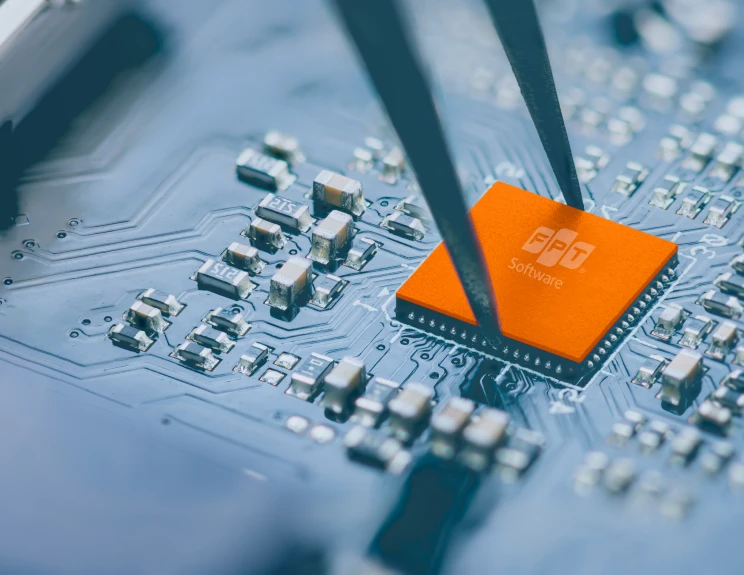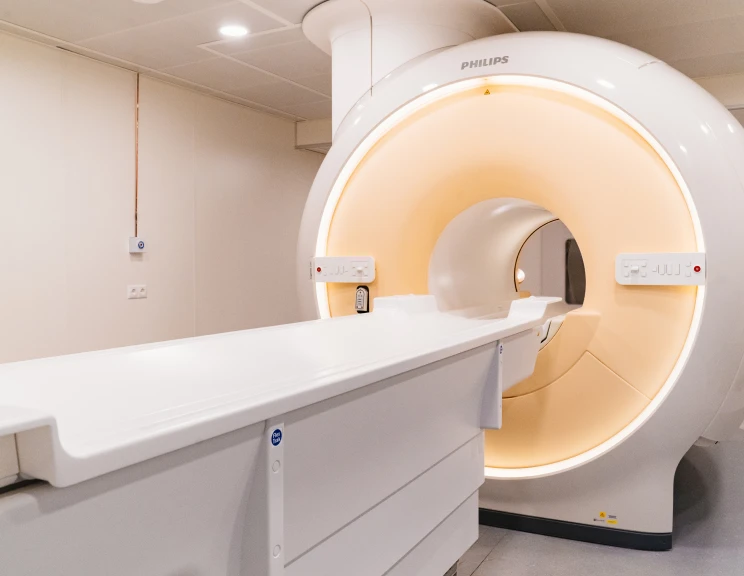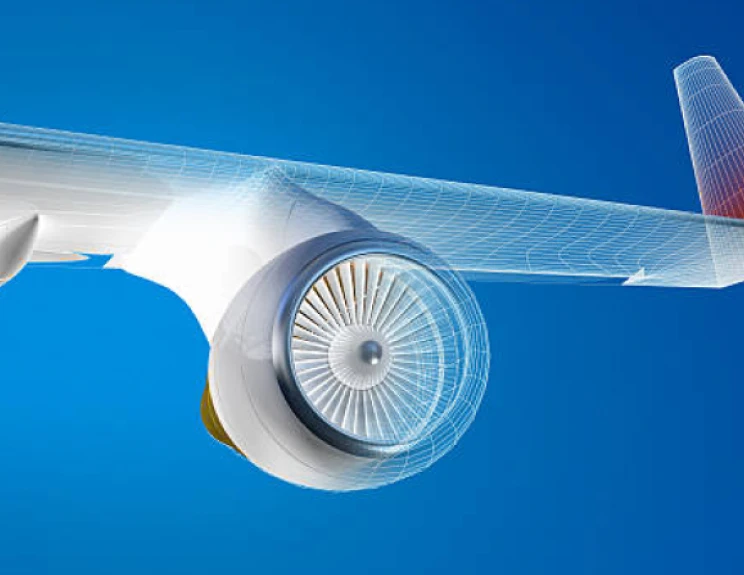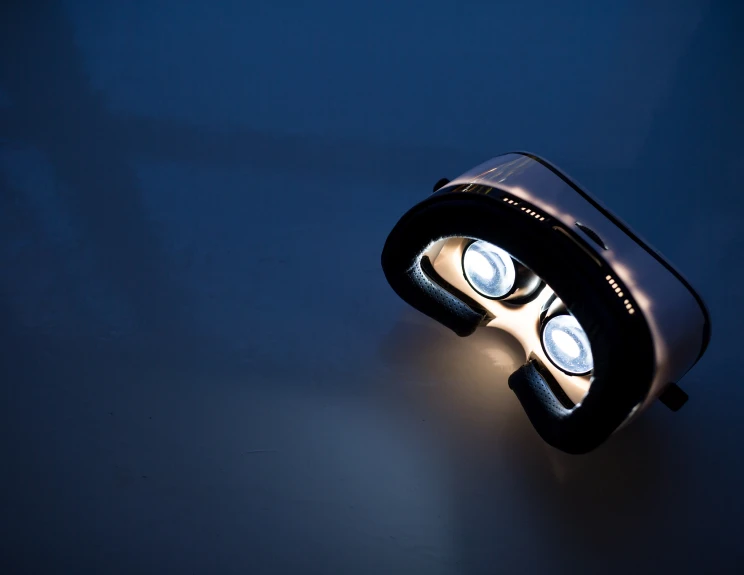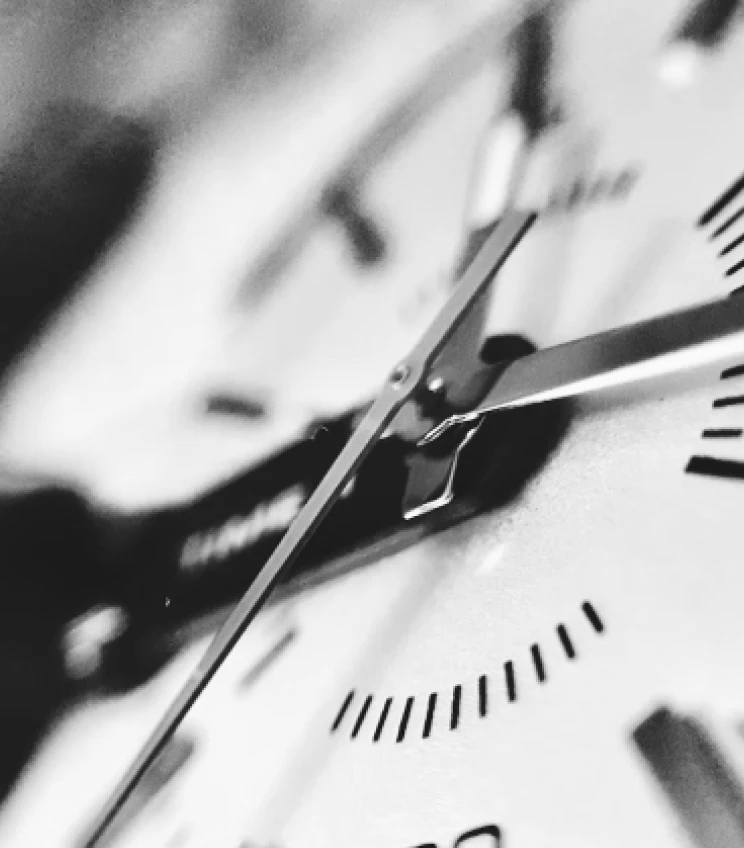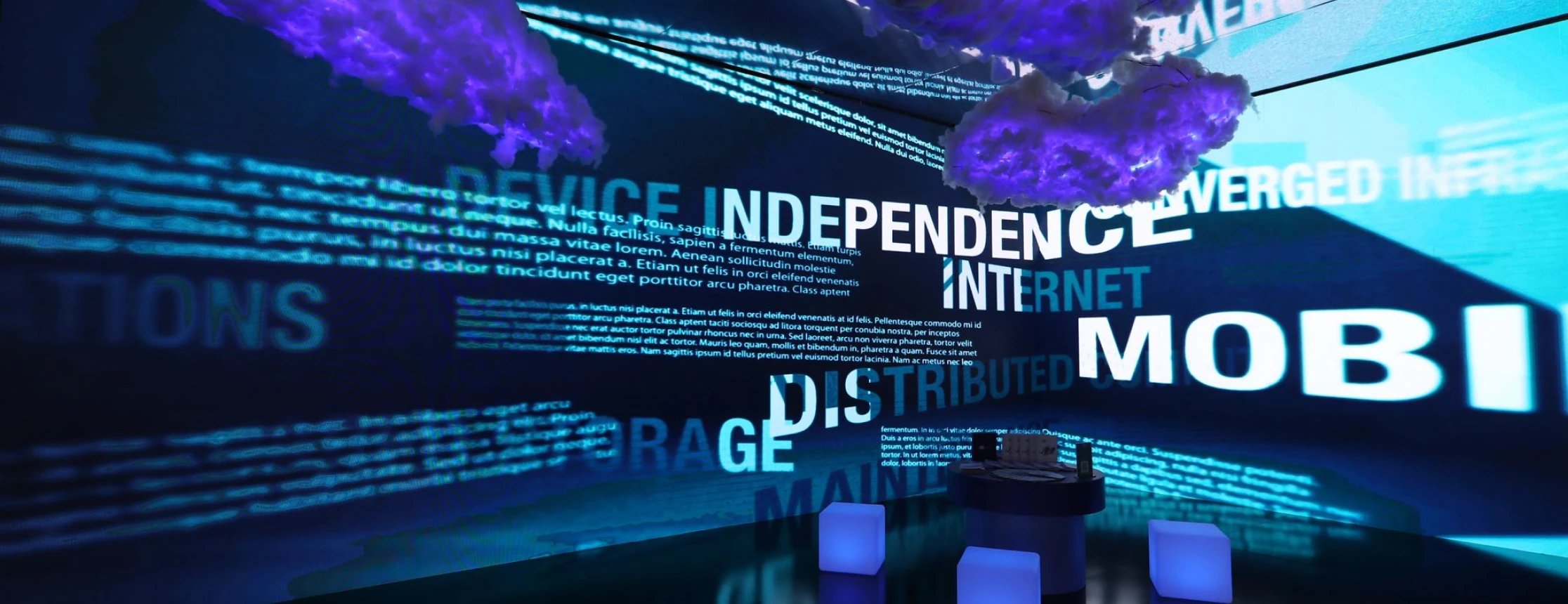
Optimize training and enhance safety
Analyzing athletes’ performance and crafting optimized training plans is one of AI’s prominent use cases. Unlike the traditional method where athletes rely entirely on their coaches’ experience and expertise for advice, AI offers a more data-driven approach by analyzing various factors that can affect players’ performance. For example, Intel’s 3D Athlete Tracking (3DAT) solution has been assisting coaches in numerous sports by creating a three-dimensional model of an athlete’s entire body. The technology has been utilized to train college football players, analyzing an athlete’s movement, including his starting position, acceleration, velocity, and angle of attack. This data is then used to create a skeletal model of the athlete, allowing coaches to review and give advice [2]. Similarly, the US swimming team has partnered with Gerford AI to develop a solution that automatically tracks and analyzes swimmers’ performance, including stroke rate and intermediate splits, providing trainers with more accurate data at a faster rate. This solution has been utilized for training in the past year to prepare US swimmers for the upcoming Olympic Summer Games [3].
Enhancing safety is another key benefit of leveraging AI in sports. For instance, the NFL has partnered with Amazon Web Services to develop a Digital Athlete program, which produces digital counterparts of real-life athletes based on their data such as movement and equipment choice. These digital athletes are used to run endless simulations in different environments and weather to better understand the impacts on players’ health and safety. Such analyses can be used to develop personalized training, recovery plans, or identify injury risk factors in real-time [4]. Not only used for enhancing physical safety, AI is also expected to safeguard athletes’ mental health. The 2024 Olympics has announced the use of an AI-powered monitoring system to protect the players from online abuse. Examining hundreds of thousands of social media accounts, the system will flag potentially abusive messages and require intervention from respective platforms [5].
Fairer judging
Umpiring is a demanding job, which often involves making decisions in a matter of split seconds. Leaving the job entirely on the shoulder of human judges and referees, thus, would be extremely challenging. Therefore, at the 2024 Olympics, improving judging accuracy and fairness has been placed a priority on the International Olympic Committee’s (IOC) AI agenda. Having supported judges and referees since the PyeongChang 2018 Olympic Winter Games, AI is expected to resume its role in the upcoming 2024 Games. One example is the use of AI in helping judges facilitate safer diving. To prevent injuries, divers are required to keep their heads away from diving boards, with points potentially being deducted if they fail to keep a safe distance. While this call normally rests entirely on the referees’ judgment, the upcoming Olympics will have computerized cameras to calculate the distance and assist judges in making decisions [6].
Apart from the Olympics, AI has been effectively used to assist judges in other sporting events. For example, the FIFA World Cup 2022 leveraged AI to analyze on-field data captured by 12 tracking cameras and the built-in censor ball to automatically send offside alerts to the video match officials in the video operation room [7]. In other events, AI was also utilized in the 2019 Artistic Gymnastics World Championships. Capturing athletes’ movement with AI and 3D sensors, the technology analyzed the gymnasts’ performance and converted it into numerical data to help judges make decisions [8].
Transform viewer experience
The use of AI in sports has transformed not only the experience of athletes, coaches, and judges but also that of the audience. AI has been utilized to enhance the visibility of the games and allow viewers to better keep track of their favorite players. For example, the technology was effectively used to assist broadcasting activities at the Tokyo Olympics 2020, providing real-time and visualized analysis of athletes’ performance in events including gymnastics and track and field [9]. In other use cases, IBM has been leveraging AI to automatically produce highlight reels for sports such as tennis and golf, having the technology pick up gestures (e.g., fist pumps), crowd noise, and game analytics to identify worthy moments. At the 2023 Wimbledon, the company continued utilizing the solution for enhancing audience experience, even allowing the viewers to add AI-generated spoken commentary to the reels [10].
At the upcoming 2024 Olympic Games, AI continues to uphold its important role in transforming viewer experiences. The technology will empower intelligent stroboscopic analysis of events including diving, athletics, and artistic gymnastics, allowing viewers to better understand the athletes’ movements in these intricate sports. AI will also be used to provide data graphics of the athletes’ performance and help commentators and viewers keep track of their position in sports including canoe sprint, marathon, and race walks. In addition, the technology will automatically generate highlight reels for 14 sports and disciplines, helping Media Right-Holders craft personalized content to drive engagement on social media [5].
Paris 2024: The first AI Olympics?
Paris 2024 is certainly not the first Olympics to incorporate AI. In fact, AI has been around since the PyeongChang 2018 Winter Games to assist judges and referees. But what makes Paris 2024 stand out is how AI is leveraged in every aspect of the Games, from athlete training, umpiring assistance, viewing experience transformation to even security. To ensure public safety, the 2024 Olympics has announced the use of AI-powered surveillance cameras to identify forgotten luggage, crowd density, suspicious movement, and intrusion and send alerts to operators [11]. With the 2024 Olympic Games just around the corner, it is exciting to see how AI technology will play out at the world’s biggest sporting event.





